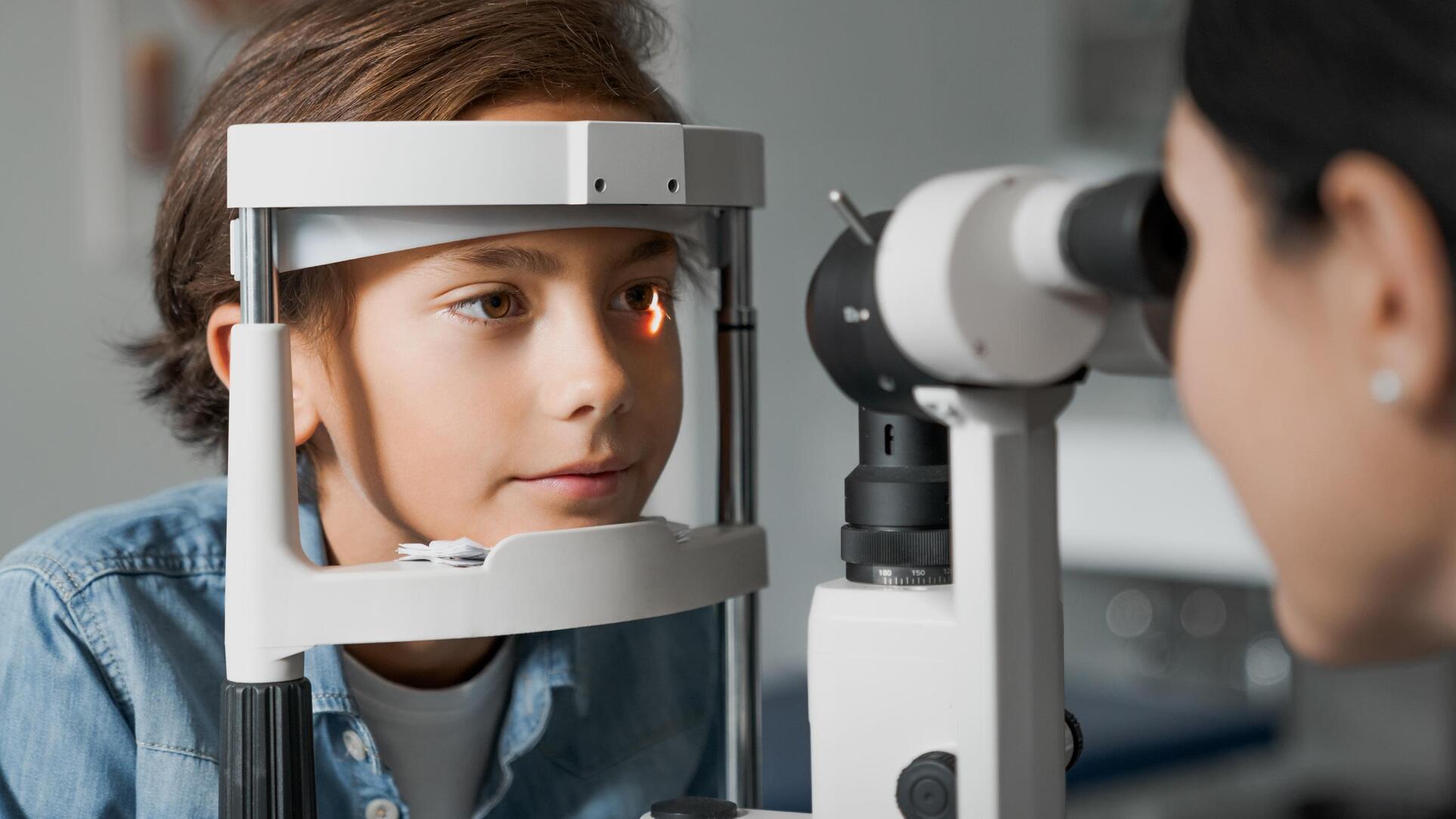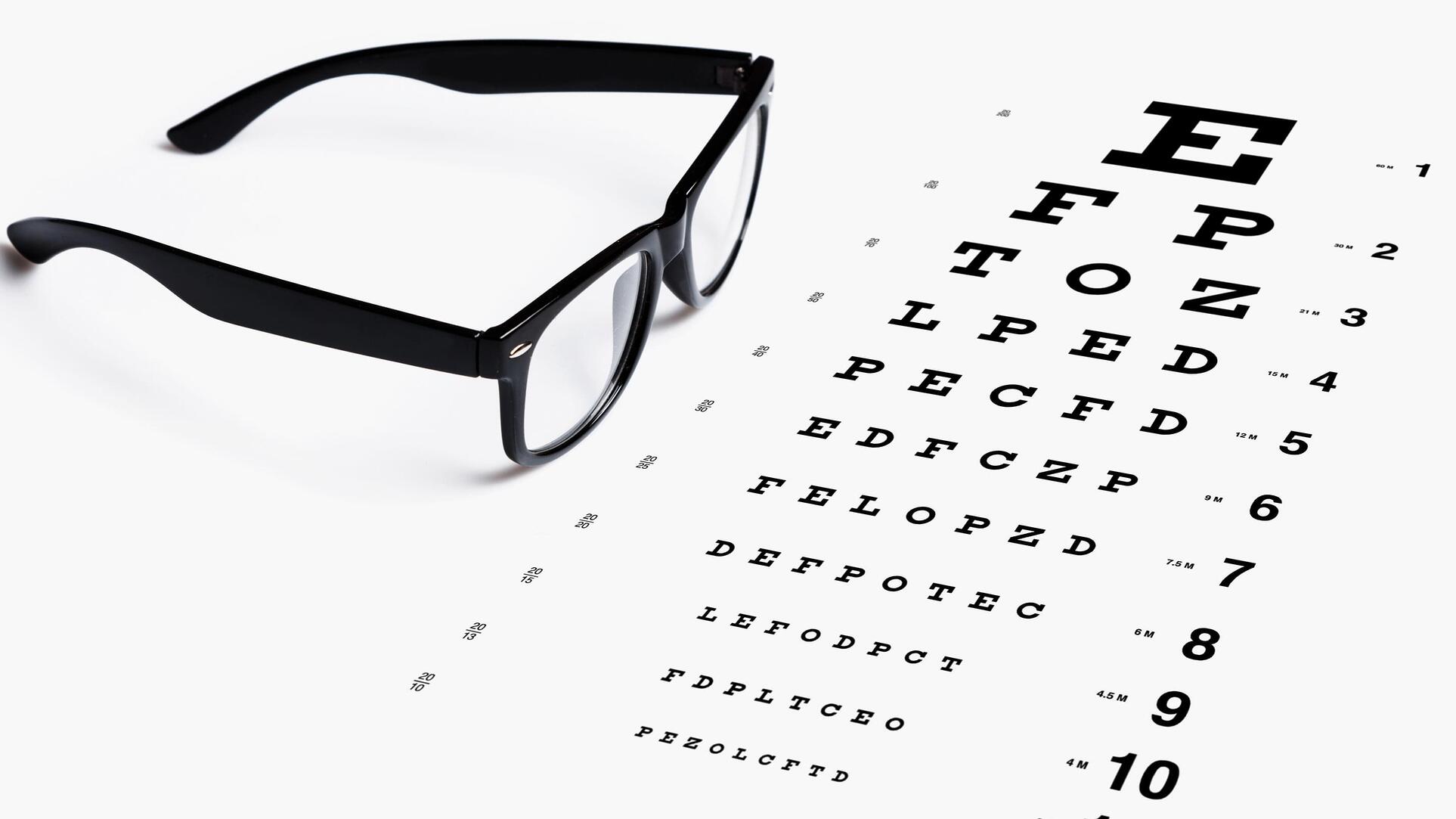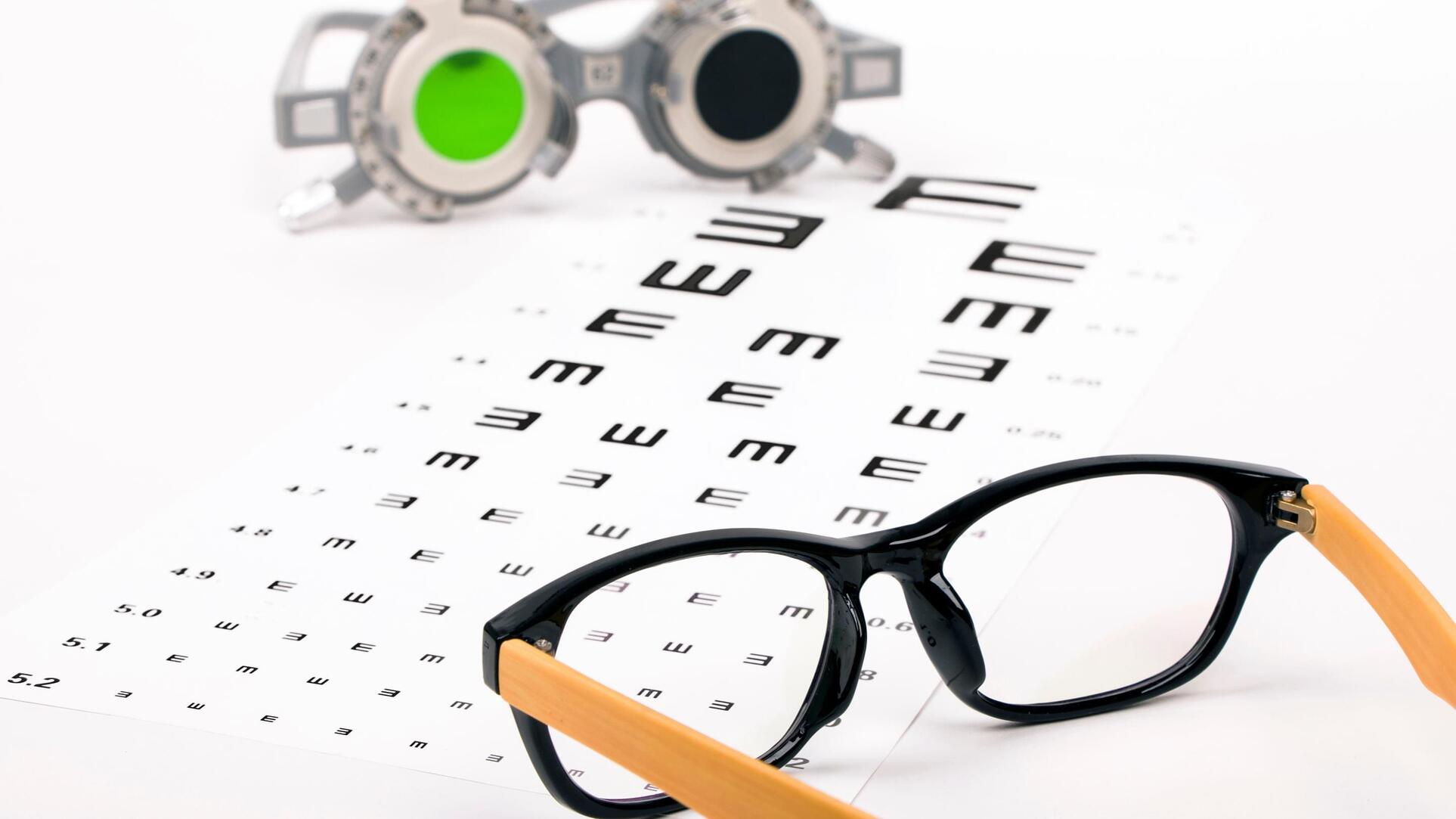
Visual Acuity: 20/20 Vision & Understanding Your Score
You’ve probably heard the term “20/20 vision” before, but what does it mean? Beyond that, if you don’t have 20/20 vision, how does your score impact your eyesight? Allow us to answer these questions and more as we break down visual acuity and what it means for you.
What is visual acuity?
Visual acuity describes the clarity of your vision when viewing an object from a distance of 20 feet. If you can see clearly with no loss in detail, voila! You have 20/20 vision.
Can someone have eyesight that’s better than 20/20 vision?
Yes! It’s possible for people to have better vision than 20/20. Some people have 20/15 vision or even 20/10!
These numbers might seem confusing at first, but it’s actually quite simple.
Essentially, a visual acuity score with a higher second number means poorer eyesight. The higher the second number, the worse someone’s vision is.
Most people who need glasses have higher second numbers. For example, a person with 20/50 vision can only see the same amount of detail standing 20 feet away from an object as someone with 20/20 vision standing 50 feet away.
While someone with a score of 20/20 is said to have “perfect” vision, there are other factors involved in measuring eyesight. Depth perception, peripheral awareness, and color vision are other factors doctors consider when determining your eye health.
Find your eye prescription confusing? Learn how to read your eye prescription in a few short minutes!
Why does visual acuity matter?
Your visual acuity score gives eye doctors a good first impression of your overall vision. It helps determine if you are nearsighted or farsighted, and it also provides clues on how to correct your vision.
How is visual acuity measured?
There are two main types of visual acuity tests: the Snellen Chart and the Random “E” Test.
The Snellen Chart
You’ve probably seen a Snellen chart before. It’s one of the most common sights in an eye doctor’s office. The chart has a series of letters and numbers that gradually get smaller as you move your eyes down the chart.
To take the test, stand approximately 20 feet away, cover one eye, and read the chart line by line. After you’ve finished with one eye, you will switch to the other. It’s important to test both eyes, as some people have different visual acuity scores for their left and right eyes.
Using this test, an eye doctor can determine your visual acuity score based on how clearly you can see each line of symbols.

Random “E” Test
The random “E” test also uses a chart with increasingly smaller symbols. However, for this one, all the symbols are a capital letter E. The E’s are printed facing different directions.
This test is used for younger children who haven’t learned the alphabet yet or people who can’t read. The person will be asked to identify what direction the E is facing. Depending on how well they can identify each E, the eye doctor can determine visual acuity.

What if I don’t have 20/20 vision?
If you don’t pass either of these tests with perfect 20/20 vision, don’t worry. Only about 35% of adults have 20/20 vision. Besides, as mentioned earlier, visual acuity is only part of the story when it comes to your vision.
Corrective lenses and eyeglasses can remedy a large portion of vision problems. There are tons of frames and styles to choose from, as well as different lens types and coatings to better protect your eyes.
Maybe your vision isn't perfect, but your glasses can be!
With an accurate visual acuity score, your eye doctor can lock in your prescription. Once you have that, we can find the perfect pair of glasses for you. Browse our large selection of frames and check out the variety of lens coatings we offer to keep you seeing clearly.
Shop All EyeglassesFind the perfect pair of glasses every time! Check out our guide to buying the best prescription glasses.